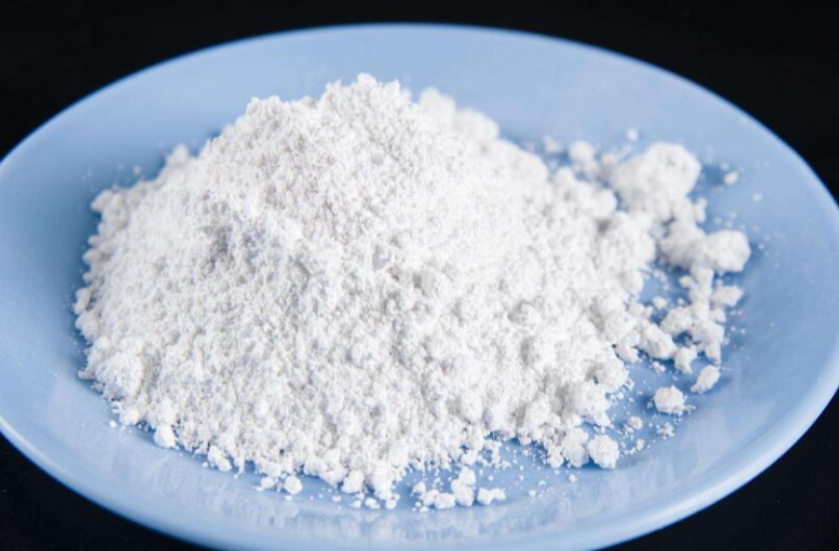August 30, 2024 -In the realm of plastics manufacturing, modified nano-calcium carbonate has emerged as a pivotal factor in elevating product performance to new heights. Far surpassing its conventional role as mere filler, nano-calcium carbonate imparts remarkable enhancements to plastic products, not only augmenting their bulk but also dramatically bolstering their hardness, strength, and heat resistance. Within the polyvinyl chloride (PVC) domain, its application has pervasively penetrated sectors such as wire and cable production, piping systems, and more, markedly upgrading the plastic’s strength, barrier properties, and thermal stability.

To ensure these optimal outcomes, the national standard plan titled “Nano-Calcium Carbonate” has outlined a comprehensive set of core technical specifications. Foremost among them is the stringent control of particle size within the 80 to 120 nanometer range, crucial for preserving surface smoothness and mitigating particle agglomeration. Additionally, the oil absorption value is mandated to remain low, minimizing the uptake of plasticizers during compounding, thereby preserving resin processability and reducing plasticizer consumption.
Dispersibility, another vital metric, necessitates appropriate surface treatment to forestall secondary agglomeration, guarantee efficient mixing, and safeguard product surfaces from imperfections. Furthermore, moisture content is capped at below 0.5%, eliminating the risk of bubbles or voids during processing and safeguarding product quality.
Rigorous control over impurities is equally paramount. Hydrochloric acid insolubles, black and yellow spots, and other contaminants must be tightly regulated to prevent extruder screen clogging or aesthetic detriments. In light-colored products, special attention is directed towards metallic impurities like iron, which can compromise color purity. Additionally, maintaining a low pH level is essential for preserving whiteness, gloss, and mitigating viscosity increases during processing. Lastly, minimizing heavy metal content, such as manganese and chromium, is vital as they can expedite plastic degradation, undermining weather resistance and aging performance.
In conclusion, modified nano-calcium carbonate stands as a game-changer in the modern plastics industry. Its ability to significantly bolster a plethora of physical and mechanical properties, coupled with its capacity to refine processing efficiency and enhance product aesthetics, underscores its status as a premier high-performance filler.














